The Healing Power of Place – In Conversation with Patrick Ness and Paul Curry
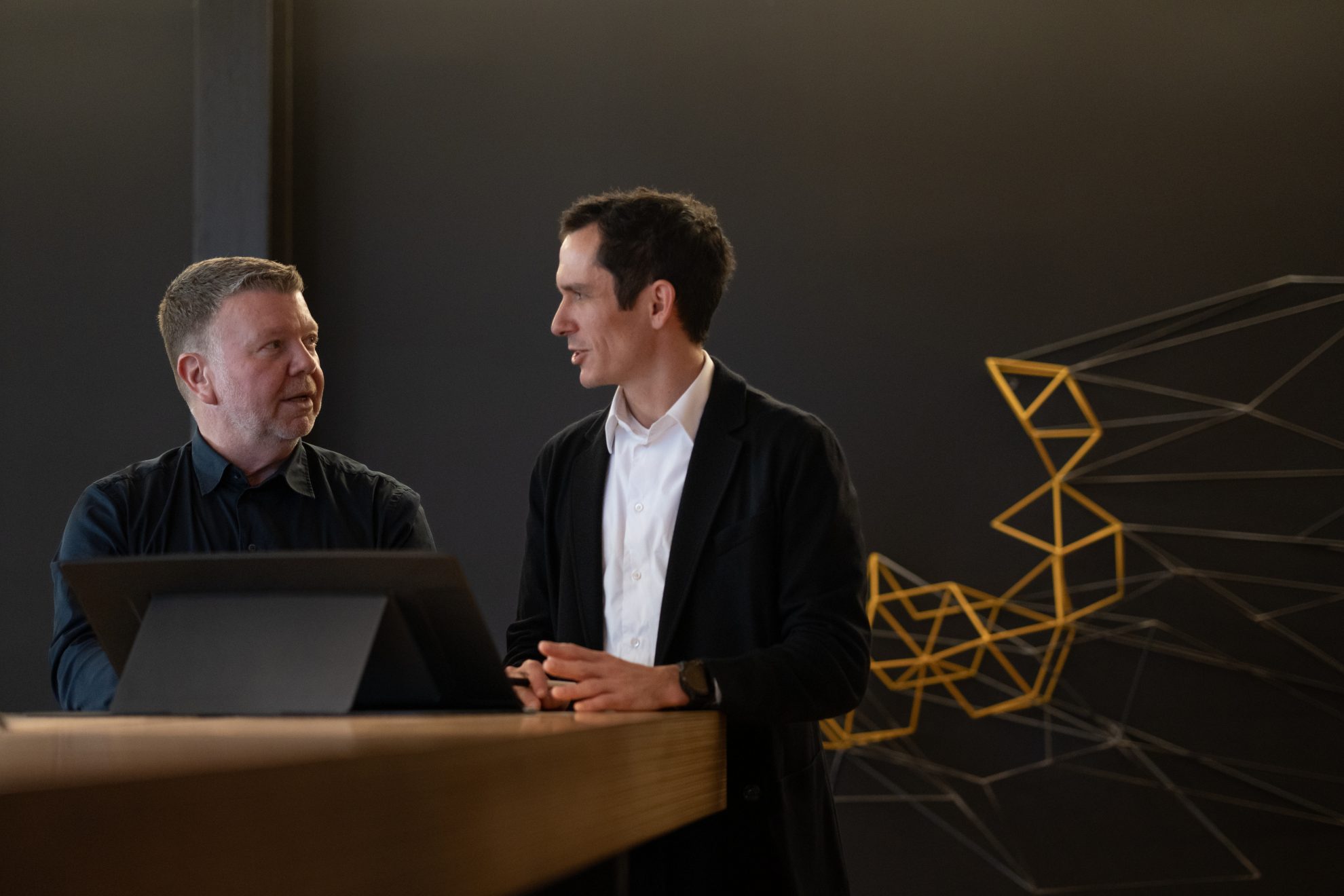
“The power of community to create health is far greater than any physician, clinic or hospital”. This quote by American physician and author Dr Mark Hyman speaks to the vital role of community spirit in healthcare, one which truly binds together the people of Footscray and surrounding suburbs – and can be clearly seen in the new Footscray Hospital currently under construction.
Affectionately named “the People’s Hospital”, a response to the local community’s tireless campaigning and fundraising to establish the building, this passion and commitment is at the heart of the design and integral to its creation.
In the lead up to the European Healthcare Design Conference (10–12 June 2024), COX Directors Patrick Ness and Paul Curry sat down to discuss hospital design as human experience and a place for preventative healthcare, celebration and healing. They also talked about how the new Footscray Hospital was designed in collaboration with Billard Leece Partnership, Plenary Health, the Victorian Health Building Authority and Western Health to support staff, patients, families and the wider community.
Patrick and Paul will be further exploring these concepts and innovation in hospital design during their ‘Healing Power of Place’ presentation on Day 2 of the Conference.
How is COX looking at health architecture through a new lens?
Paul: What’s interesting for us is the role of health buildings and precincts as major public infrastructure. How we make great places for people and how the links between healthcare and our day-to-day lives can improve the overall sense of community and wellbeing. To this end, one of the beautiful aspects of the new Footscray Hospital is the ability for the entire community to come and enjoy it as a public place and part of their daily lives – not just when they’re unwell.
Patrick: Hospitals are potentially some of the most important public buildings we could possibly be involved in. The reason being that when people are at their most vulnerable – and that includes births, deaths and everything in between – that’s the point at which the level of care we provide for people tells society much about where we are as a community. That is the lens we bring.
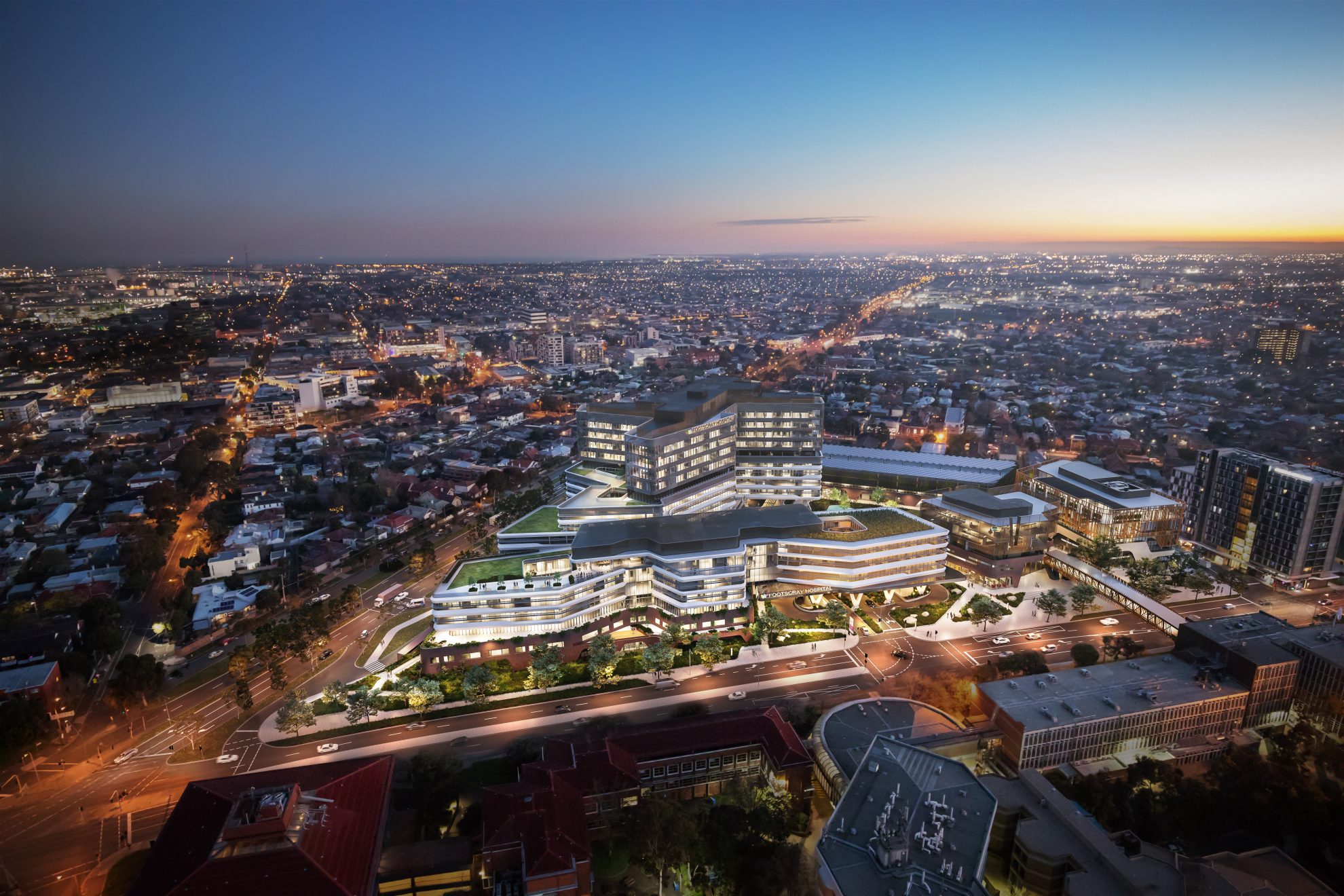
What do you want the community to feel when they come to the new Footscray Hospital?
Patrick: We bring a whole range of other typologies to bear when we do a hospital. So, while COX has health expertise, we also embed aspects of other public work into hospital design. Having said that, the key feeling needs to be one of care, empathy, respect and that you are in a place of excellence. And the hospital should extend an invitation to participate to all aspects of the community in all circumstances. The feeling of being welcomed.
Paul: Our overall experience of hospitals can vary greatly, whether in care or recovery, and can be at extreme opposite ends. At one end you’ve got celebrations such as births and at the other, you’ve got sickness.
The other aspect is that quite often, an experience of hospitals – even the better ones – isn’t pleasant. We really wanted to improve it for everyone in the community; that human feeling that we have as we experience a space, beyond it being purely functionally driven.
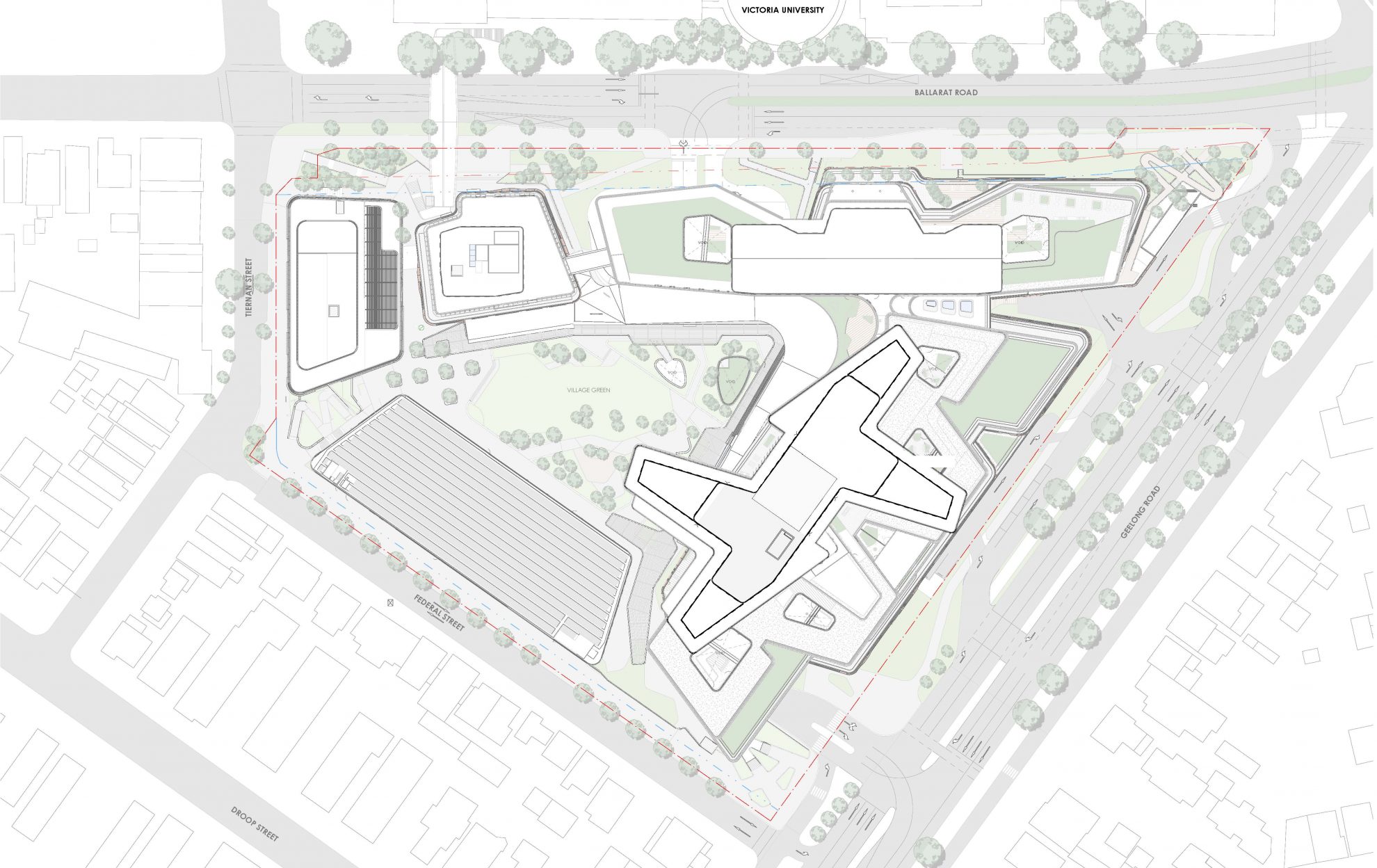
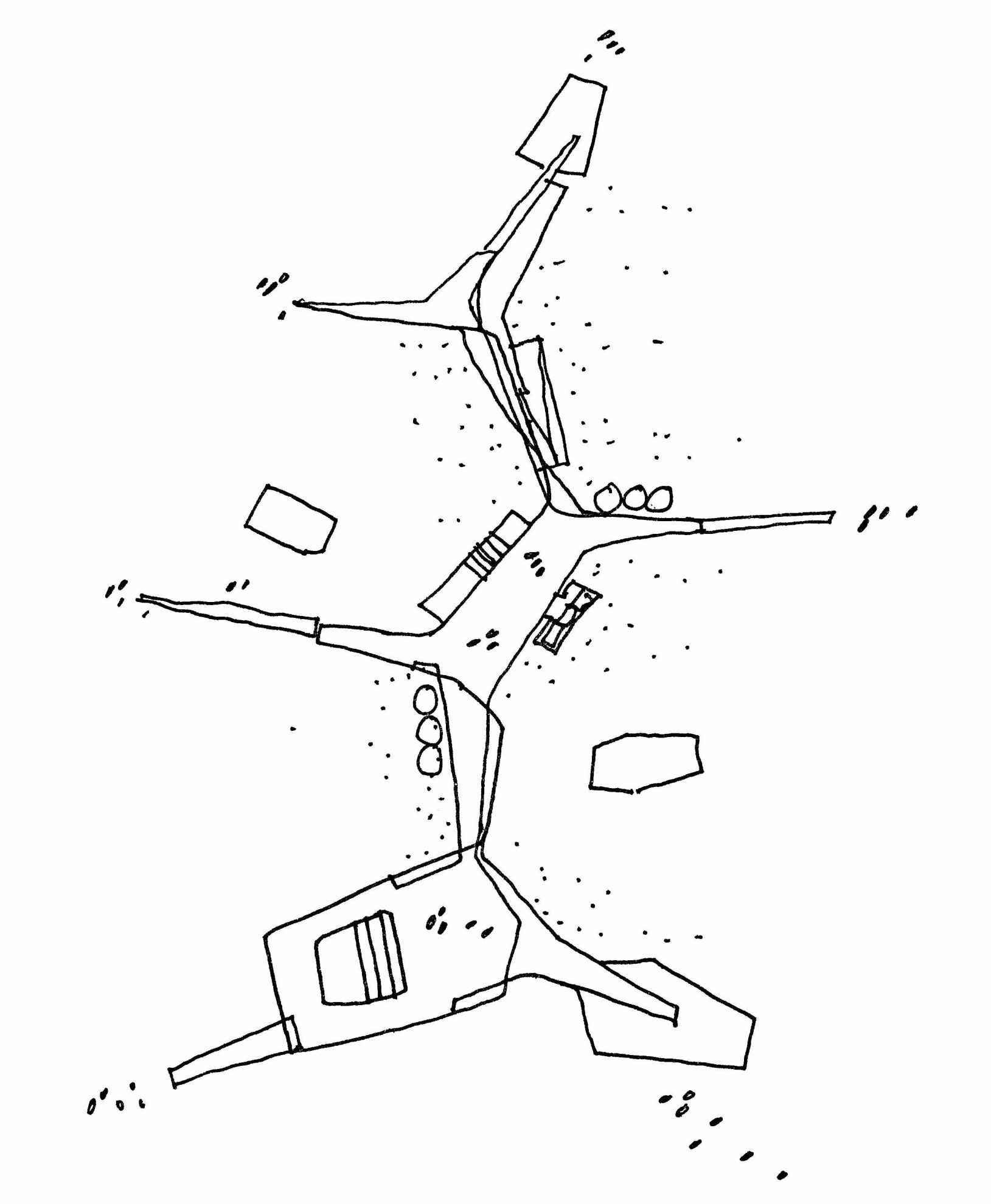
The central green space will create a verdant gathering space and become the living, breathing heart to the hospital for staff, patients, families and the wider community.
What are some of the ways the design will support healing?
Patrick: The entire design is centred around a ‘central green space’. A major precinct centrepiece, it will create a verdant, green gathering space and become the living, breathing heart to the hospital for the staff, patients, for families and the wider community.
We recognise that de-stressing an individual is strongly connected to the arrival experience. Whether you’re coming to emergency or arriving by the front door, the central green space creates an experience designed to reduce stress. The central green also enables clarity of movement and spatial perception throughout the precinct and within the building zones. Knowing where you are and where you can go.
This is combined with natural daylight, views of nature, art and greenery throughout treatment rooms, wards, nurse’s stations and common areas to create a sense of calm and reduce stress for patients as well as staff, families and other visitors. And it’s also the small things, the attention to detail.
Paul: The idea of designing for ease for everyone is so important – having intuitive movement flows, knowing where you’re going, having connections to the outside and the surrounding context and knowing the time of day are all really important.
Using natural materiality where we can helps create a calmer environment that supports care, whilst having greatly increased access to daylight through every space was integral to the brief for this project.
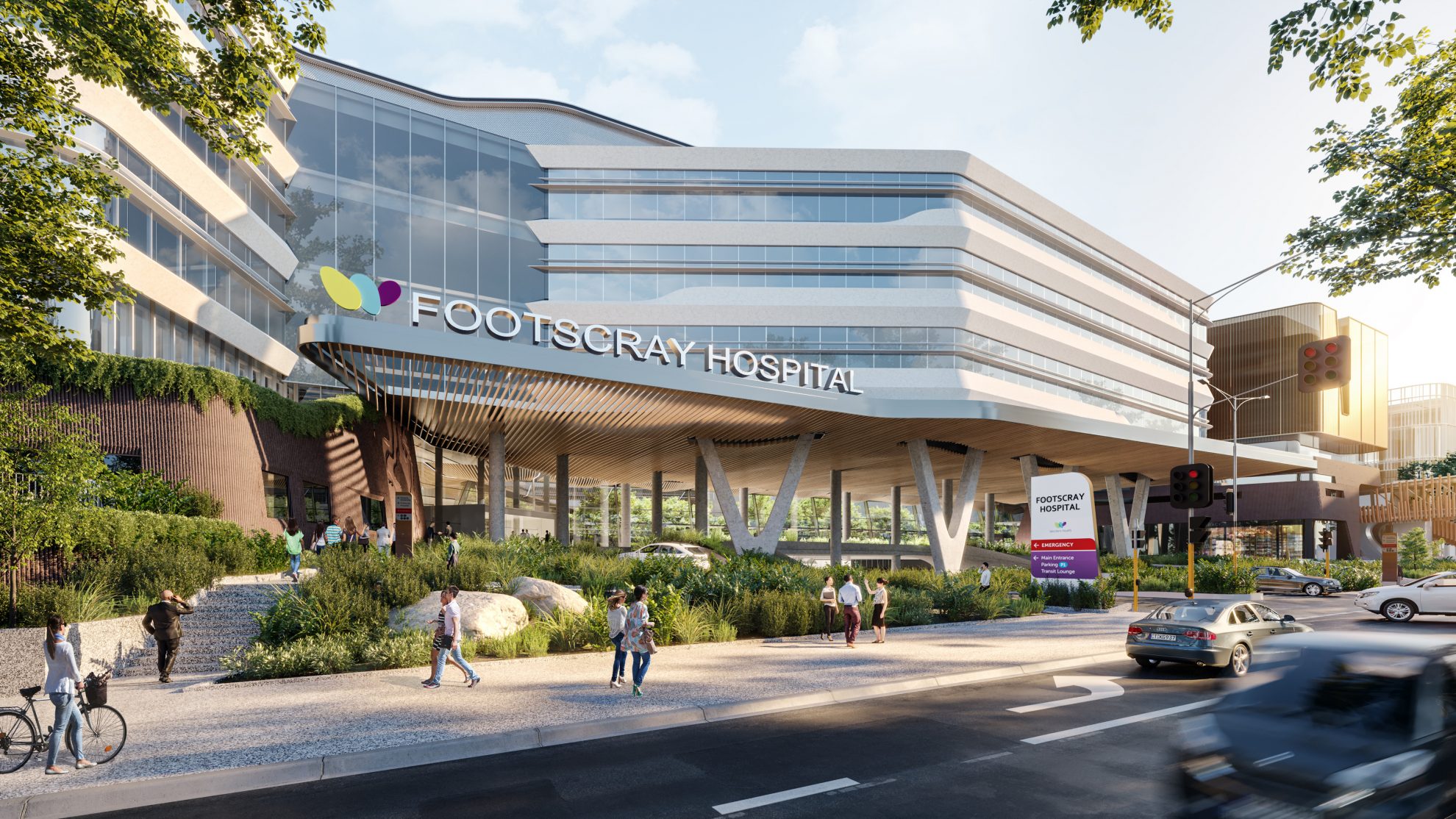
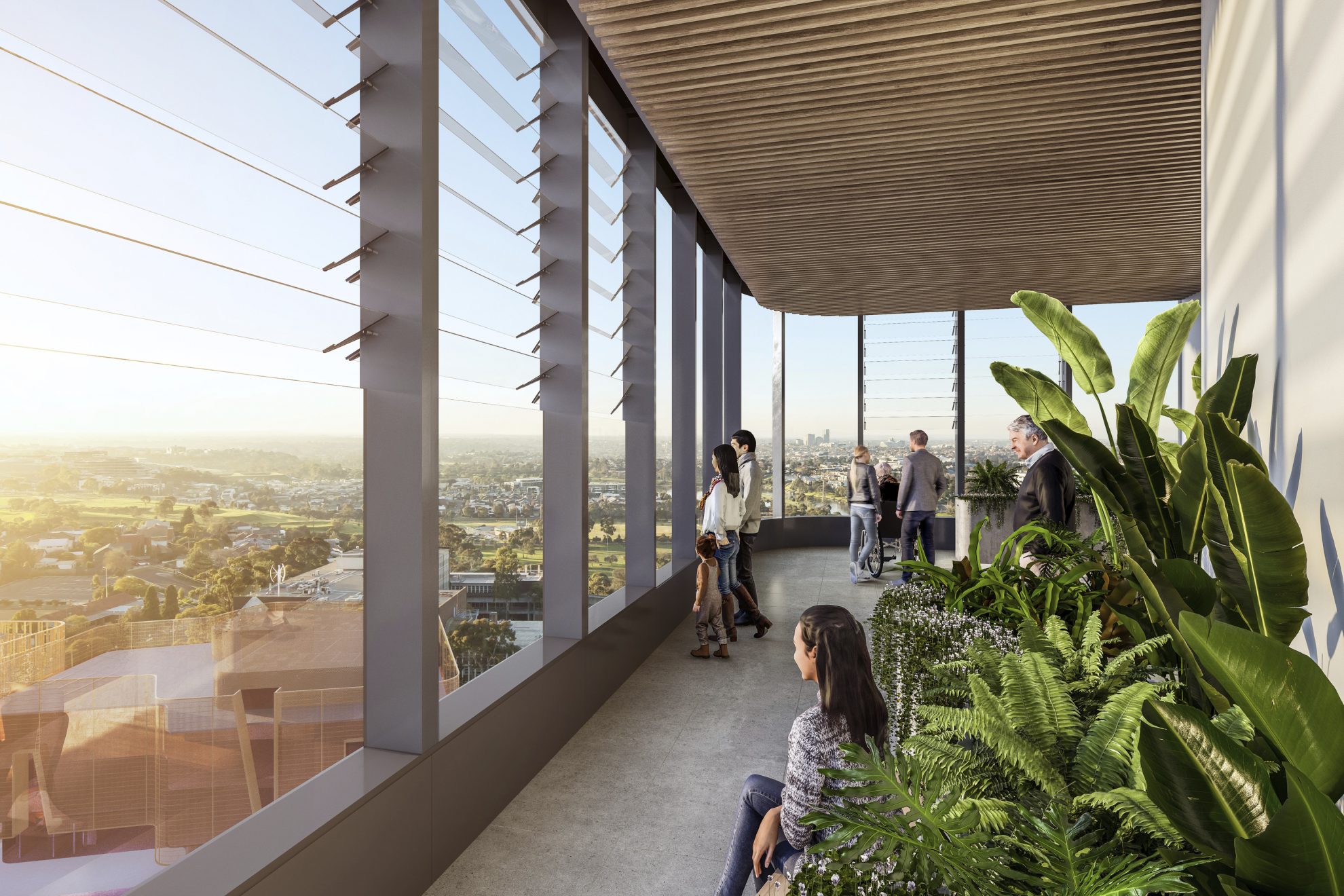
Patrick: There’s the physical aspect of healing, but then there’s the physiological and psychological aspects. The value of green spaces is well documented and researched. The value of views and light are well documented.
But there’s another layer to this project, around the artwork, the warm and inviting materials used and the level of attention to each of the individual spaces. They’re all aspects of the building itself and exhibit a level of care and excellence which, from a patient point of view, allows you to feel that you’re in a place that has been cared about and therefore can care for you at the same time.
What other contributions will the project make to the local community?
Paul: Having spaces and activities that aren’t specifically health related has been an important part of the design and the process of engaging with the community. The project seeks to give the community what it needs for every day whilst supporting socialising and connection. The design includes cafes, food hall, childcare, gym and wellness facilities, community centre, community running track and much more.
Patrick: A hospital for the community was the starting point, but in a way, we’ve transcended that into hospital as community. It’s been designed not as a place simply to go to when you’re unwell; it’s a place to go to when you’re well also.
I recall one of the wonderful members of the community early in the consultation posed the idea that “I’d like to think that I could go to hospital even if I wasn’t ill”. Now that’s a remarkable way to start a project. Imagine being empowered to visit and learn about fitness and nutrition, attend a community meeting and enjoy a food hall. It’s completely turned the healthcare typology on its head, this idea of hospital as a community apparatus.
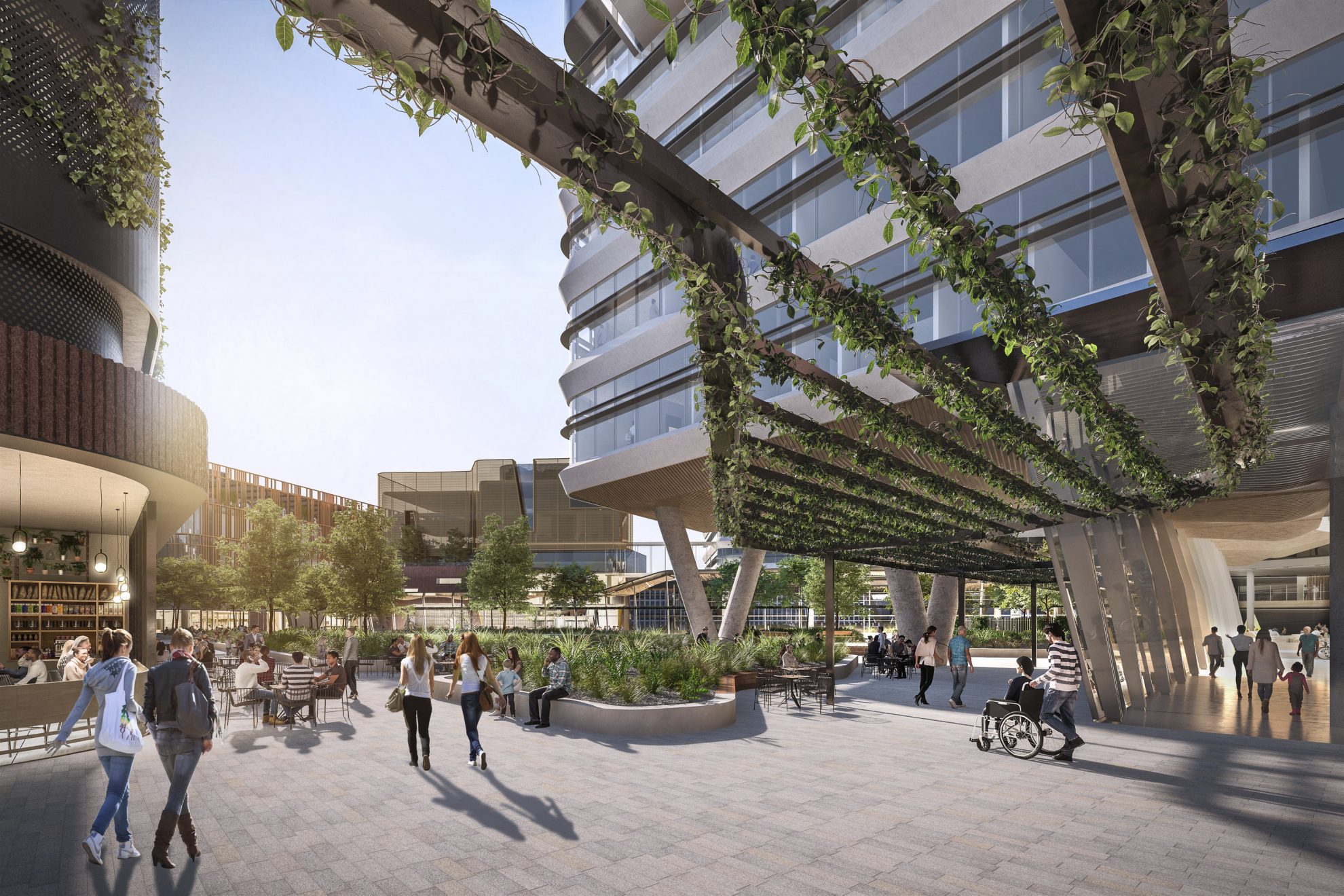
A hospital for the community was the starting point, but in a way, we’ve transcended that into hospital as community.
How did the project team’s relationships contribute to the outcomes?
Patrick: What makes a great project is a great client with similar ambitions which we have in the State Government, Plenary Health and Western Health. We had a very good brief both in terms of the starting point from the government, but also Plenary’s extensive work with the community.
Paul: You need great partners and I think we’ve been fortunate to have Billard Leece work with us as a true design partner – we have different but complementary skills and shared values. And we’ve worked with a very good builder too, Multiplex, and wider consultant team on what has been a challenging project journey, but also a rewarding one.
What has this project meant to each of you on a personal level?
Paul: I personally have a great love for large, complex public projects that improve their communities and their context. In this regard, the hospital is certainly an exciting project that will have a great impact for Footscray and the western suburbs.
Through the design, the journeys that we go through, the challenges and delights are what make it enjoyable, particularly when we’re able to walk through and experience the project with the community. Being able to deliver something that is truly different from a global hospital design perspective that will be there for the next 50 years is such an amazing opportunity.
A great design team and individuals day-to-day is really enjoyable. In essence, your work family to enjoy the process with – the challenges, the delights and everything in between. Walking around site with less than one year to go and seeing some of the early idea conversations that Pat and I have been having now coming to life is incredibly satisfying.
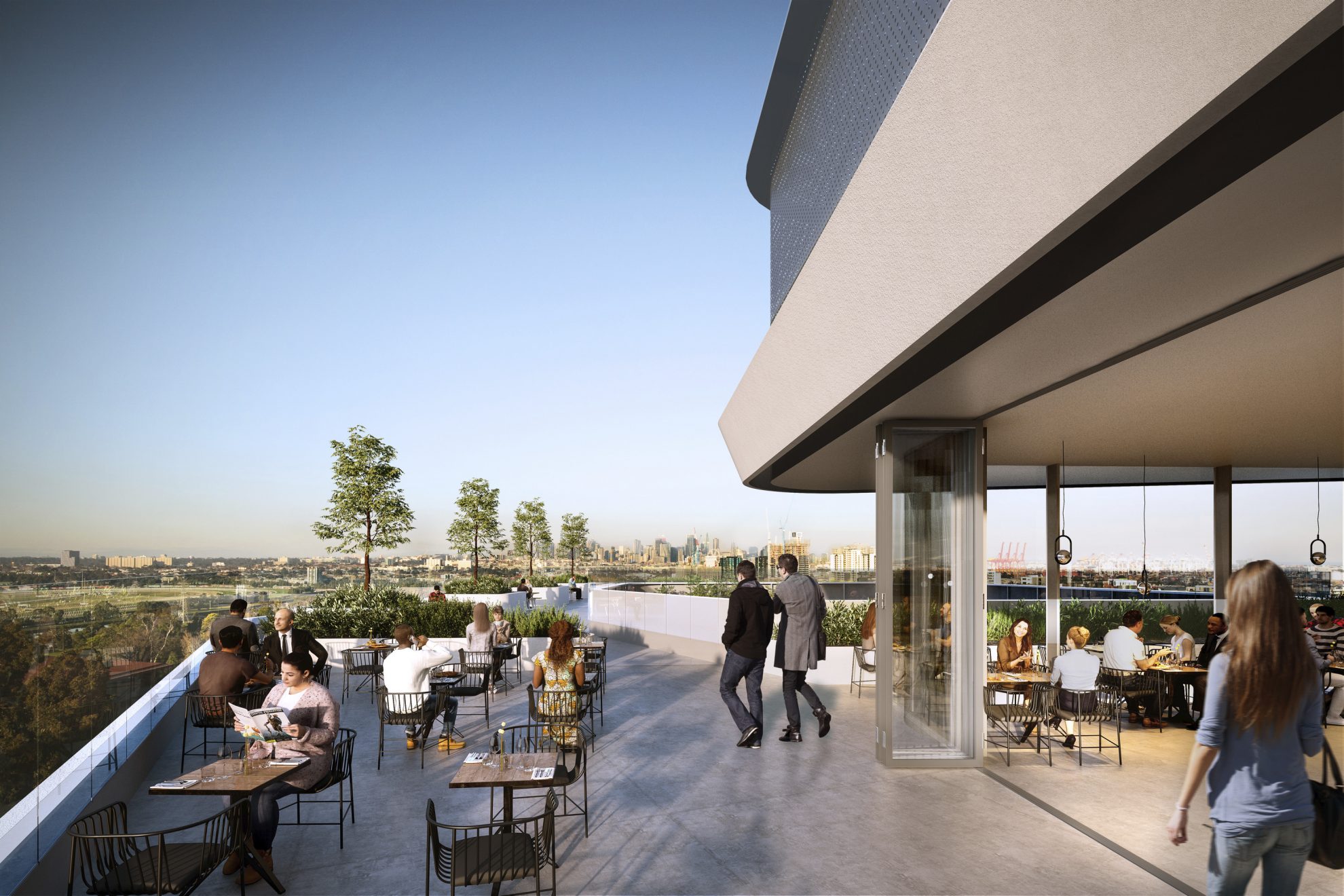
We’ve both become incredibly passionate about hospital design because we believe we’re helping create places that have significant value beyond healthcare for the community.
Patrick: For me, the role of architecture is to ‘just make it a bit better’. When we act and bring our design skills to bear, we need to make it better and not simply aesthetically, but better in the full sense of this, for people. As I said earlier, when people are at their most vulnerable is perhaps when we can help the most.
We were told many years ago that to work on hospitals is extremely challenging, you won’t get much from them, they’re long and arduous processes. This has not been the case. We’ve both become incredibly passionate about hospital design because we believe we’re helping create places that have significant value beyond healthcare for the community.
Hear more from Patrick and Paul at the upcoming European Healthcare Design Conference or learn more about the design of the new Footscray Hospital here.